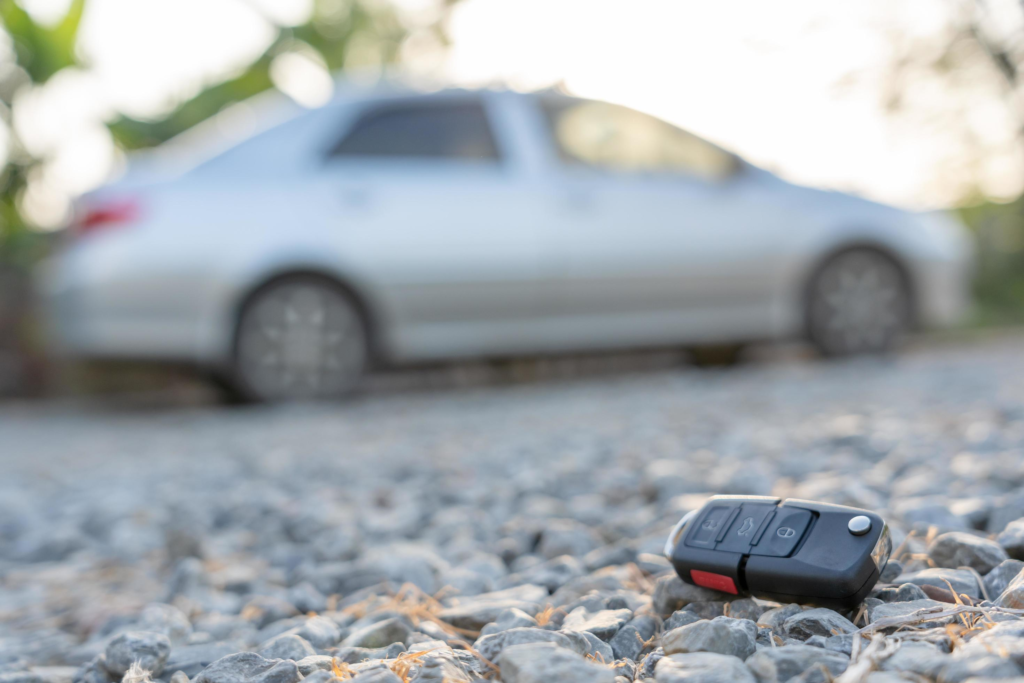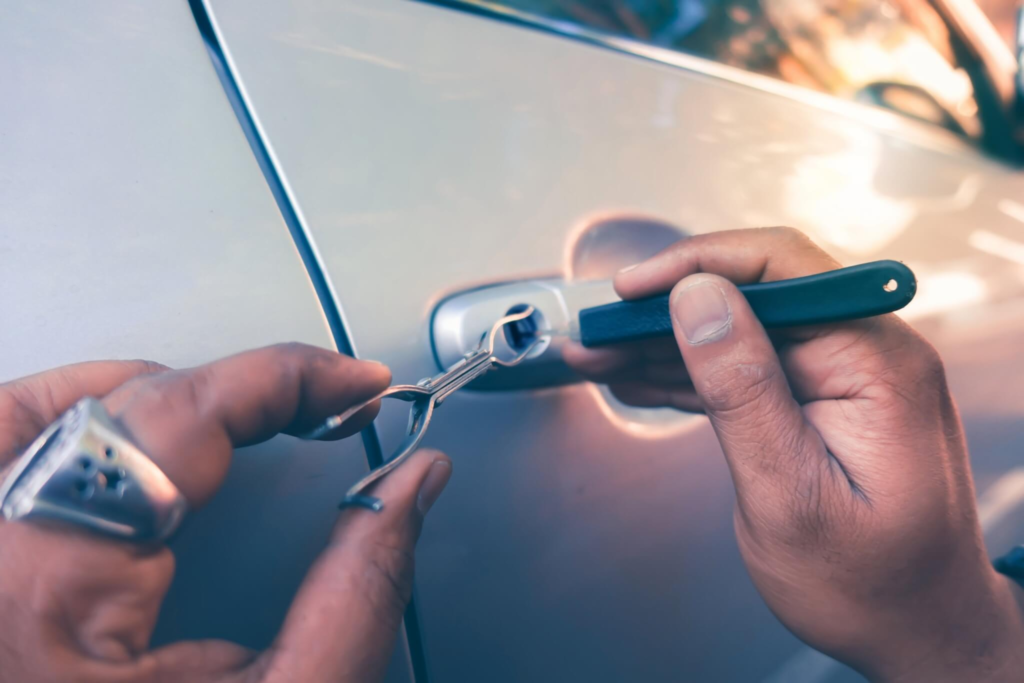
Losing your car keys can be a stressful and inconvenient experience. Whether they’re misplaced, stolen, or accidentally locked inside your vehicle, the situation often leaves you feeling helpless especially if you’re in a rush or stranded away from home. Fortunately, replacing lost car keys is a common issue, and there are several solutions depending on the type of key and vehicle you own.
In this blog post, we’ll walk you through the entire process of replacing lost car keys, the different types of car keys, who to contact, how long it takes, and what it typically costs.
Step 1: Identify the Type of Key You Lost
The first and most important step in replacing a car key is identifying the type of key you had. Not all car keys are created equal, and replacement processes and costs can vary based on this.
Here are the most common types of car keys:
- Traditional Metal Keys – Basic keys without electronic chips, usually found in older vehicles.
- Transponder Keys – Have a chip inside that communicates with the car’s immobilizer system. Common in cars made after the mid-1990s.
- Remote Key Fobs – These combine a transponder key with remote unlocking features (lock/unlock, trunk access).
- Smart Keys/Keyless Entry – These don’t require traditional ignition. You push a button to start the car while the key fob stays in your pocket or bag.
Knowing your key type will help you determine where to go and what you’ll need for a replacement.
Step 2: Check Your Warranty or Insurance
Before you contact a locksmith or dealership, it’s worth checking if your car warranty, insurance policy, or roadside assistance coverage includes lost key replacement.
Some insurance plans or extended warranties cover partial or full costs of lost or stolen keys. Certain auto clubs and roadside assistance programs may also include key replacement as part of their membership benefits.
Step 3: Contact a Locksmith or Dealership
Once you’ve confirmed your key type, you have two main options to replace it:
1. Call an Automotive Locksmith
For many types of car keys—especially traditional, transponder, or fob-based keys—a professional auto locksmith can replace your key on the spot. Locksmiths are often quicker and more affordable than dealerships.
Benefits of choosing a locksmith:
- Available 24/7 (great for emergencies)
- Can come to your location
- Usually cheaper than a dealership
- Can program transponder and smart keys
Make sure the locksmith is licensed, insured, and experienced in your vehicle’s make and model.
2. Visit the Dealership
If you’ve lost a smart key or keyless entry fob, or drive a high-end car like BMW, Mercedes, or Tesla, the dealership might be your only option. Dealerships can access manufacturer databases and proprietary systems for programming your new key.
However, dealerships tend to:
- Be more expensive
- Take longer (may need to order the key from the manufacturer)
- Require a tow if your car can’t be driven
Step 4: Provide Necessary Information and Documentation
To get a new key, whether from a locksmith or a dealership, you’ll need to prove ownership of the vehicle. This is to protect against unauthorized key duplication or theft.
Typically, you’ll need to provide:
- Vehicle Identification Number (VIN) – Located on the dashboard or driver’s side door.
- Car make, model, and year
- Personal identification – Valid driver’s license or photo ID.
- Proof of ownership – Vehicle registration or title.
Locksmiths or dealerships will use this information to cut and program a new key that matches your car’s specific locking and ignition system.

Step 5: Get the Key Cut and Programmed
For Basic Metal Keys:
If your car uses a standard metal key without electronics, the replacement process is simple. A locksmith can cut a new key based on the VIN or a code from the lock.
For Transponder Keys:
The locksmith will not only cut the key but also program the chip to communicate with your car’s immobilizer system. Without this programming, the car won’t start, even if the key physically fits.
For Remote Key Fobs:
You’ll need a key that’s cut and a remote fob that’s programmed to operate your locks, alarm, and ignition.
For Smart Keys:
Smart keys require advanced programming tools and software that most dealerships and some specialized locksmiths possess. The process involves syncing the new fob with your car’s onboard computer system.
Step 6: Test the New Key
Once the new key is cut and programmed, test it thoroughly:
- Unlock all doors manually and remotely.
- Start the ignition.
- Test remote functions like trunk release or alarm toggle.
- Try the emergency/start backup method, if applicable.
If any part of the key isn’t working properly, contact the locksmith or dealership to recalibrate or reprogram it.
Step 7: Consider Making a Spare Key
Losing your car key once is enough stress—don’t let it happen again! After replacing your lost key, it’s a smart move to make a spare copy.
Keep the spare:
- In a safe place at home.
- With a trusted family member or friend.
- In a magnetic key box (if your car allows it and it’s safe to do so).
A backup key can save you time, money, and frustration in the future.
How Much Does It Cost to Replace a Lost Car Key?
The cost of replacing a car key depends on several factors, including the type of key, the make and model of your vehicle, and whether you go to a locksmith or dealership.
Here’s a rough breakdown:
- Standard metal key: $10 – $50
- Transponder key: $75 – $200
- Remote key fob: $100 – $300
- Smart key or keyless entry: $200 – $600+
Additional costs may include:
- Programming fees
- Towing (if car is not drivable)
- Labor charges

How Long Does It Take?
- Basic keys: 15–30 minutes
- Transponder keys: 30–60 minutes
- Remote or smart keys: 1–2 hours (or longer if parts need to be ordered)
Always ask for an estimated time and confirm if parts are in stock to avoid unnecessary delays.
Conclusion
Replacing lost car keys may seem overwhelming at first, but understanding the process can make the experience much more manageable. By identifying your key type, gathering the necessary documentation, and choosing the right professional—whether a locksmith or dealership—you can have a new key made efficiently and safely. Costs and timeframes vary depending on your vehicle and key type, but with the right steps, you’ll be back on the road in no time. To avoid future stress, it’s wise to have a spare key made once your replacement is complete. Being prepared and informed is the key to navigating this common inconvenience with ease.


